TAIPEI -- MediaTek, the largest mobile chip supplier to China, on Friday posted the lowest margins in the Taiwanese company's history for the January-March period, amid ferocious market competition. It also foresees a lukewarm second quarter due to the continuous slowdown in the Chinese smartphone market.
"The Chinese smartphone market is still digesting inventories... we have not yet seen any sign of rebound in weakening Chinese smartphone demand so far in the second quarter," MediaTek Vice Chairman Hsieh Ching-jiang told analysts during an earnings conference.
"After a year of robust growth in 2016, we will not see that kind of expansion in 2017, though we do think things will improve in the second half of this year," said Hsieh.
Mediatek's revenue for all 2016 surged more than 29% year-on-year to 275.51 billion New Taiwan dollars ($9.11 billion).
Hsieh said the global smartphone market would grow in the single digits to sales of about 1.6 billion to 1.7 billion units for all 2017, adding that the conditions were "challenging" and that Mediatek still needed to "work very hard" to keep up with average growth levels for the industry.
The growth driver for MediaTek in the second quarter would mainly come from consumer electronic devices such as Amazon's Echo Dot, a voice-controlled smart speaker, according to Hsieh.
For the April-June period, the company projected revenue would be between NT$56.1 billion and NT$60.6 billion, down substantially by between 16.4% and 22.6% from a year ago. The company estimated that its gross margin would improve slightly in the same period to be between 32.5% and 35.5%.
For the three months ending in March, MediaTek generated revenue of NT$56.08 billion, increasing 0.32% year-on-year. However, the company's gross margin and operating profit margin both plunged to record lows of only 33.5% and 2.2% in the period.
The Taiwanese company has been facing a mounting challenge from U.S. rival Qualcomm in the high-end chip segment for premium phones, while its profit was also squeezed by Chinese state-backed competitor Spreadtrum Communications in mid-to-low end product lines.
MediaTek's net profit, on the other hand, increased more than 48% to NT$6.63 billion in the January-March period mainly boosted by gains from the disposal of Chinese subsidiary AutoChips and investment gains from companies such as Goodix, China's No.1 fingerprint chipmaker.
Management reshuffle
In early March, the chip design house based in the Taiwanese city of Hsinchu announced the appointment of Rick Tsai, former chief executive of Taiwan Semiconductor Manufacturing Co., the world's largest contract chipmaker, as its new co-chief executive and board member.
The company's recent management reshuffle was part of its efforts to overhaul its long-term product strategy and improve profitability.
Analysts said MediaTek could lose some market share in China this year to the world's No.1 mobile chip provider Qualcomm.
"We expected MediaTek's chipset shipments could decrease some 40 million to 50 million units in China compared with last year... these orders are very likely to go to Qualcomm," said Roger Sheng, an analyst at research company Gartner.
MediaTek shipped between 530 million and 550 million chipset units globally for both smartphones and tablets in 2016, according to the company.
But overall, its global market share in mobile processor chips will only slide a little, from 31% in 2016 to around 28% to 30% this year, as it gained orders to supply Samsung Electronics' mid-to-low-end phones. This could bring in up to 30 million units of orders in 2017, according to Sheng.
Separately, the first half of 2017 also looks dim for Advanced Semiconductor Engineering, the world's largest chip assembler and a key Apple supplier, mainly due to a slowdown in the mobile sector and traditional low seasons for the industry.
Joseph Tung, ASE's chief financial officer, said there would be some product launch delays of Android phones in the second quarter and inventory adjustment from Chinese smartphone makers, adding that all of these reasons lead to soft first and second quarters.
Tung said demand would pick up substantially in the third quarter when there are new product launches with some flagship phones, meaning the outlook for the second half of this year is much more brisk.
For the first quarter of 2017, ASE's revenue advanced 7% to NT$66.55 billion while its net profit dropped 34% to NT$2.56 billion. Tung attributed the slide in net income to unfavorable forex conditions and increasing costs due to stricter labor laws in Taiwan.
Source:
MediaTek sees a tepid Q2 amid sluggish China smartphone demand





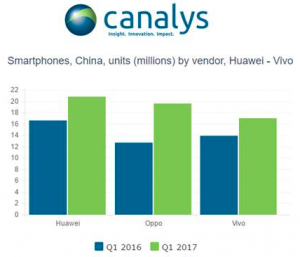 Despite growing 55 per cent year-on-year in Q1, Oppo fell to second with shipments of just under 20 million units. Third-placed Vivo had the slowest growth of the top three (23 per cent) and captured a 15 per cent share with shipment of 17 million units.
Despite growing 55 per cent year-on-year in Q1, Oppo fell to second with shipments of just under 20 million units. Third-placed Vivo had the slowest growth of the top three (23 per cent) and captured a 15 per cent share with shipment of 17 million units.
 play
play  play
play 
 Share31 Tweet +1 Share Pin Shares 31
Share31 Tweet +1 Share Pin Shares 31 
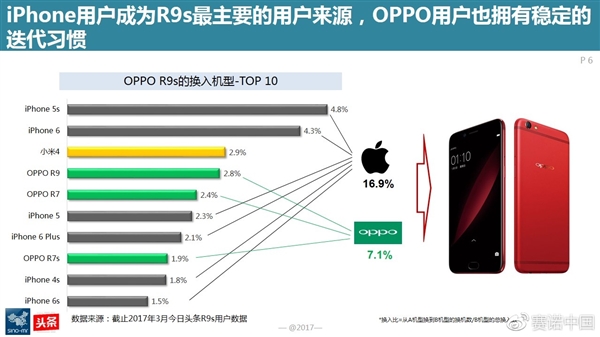
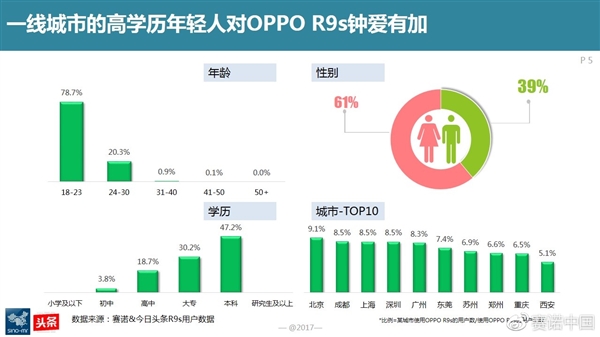
 Related posts
Related posts 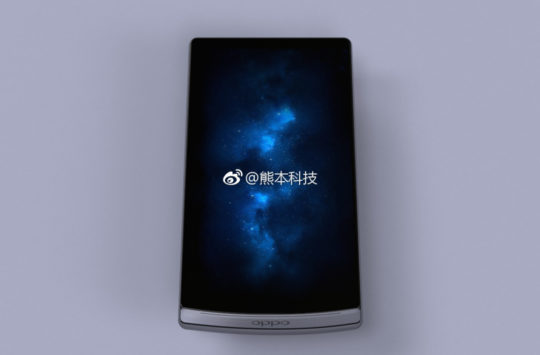

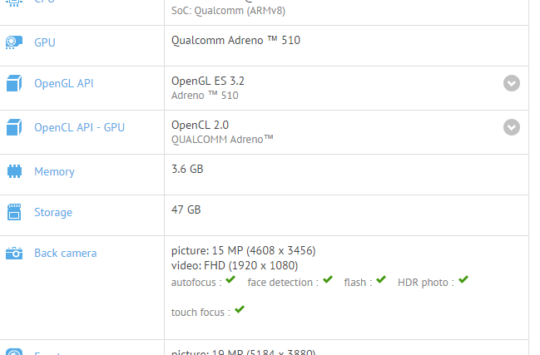







 Reviews
Reviews 


 Follow us on Facebook
Follow us on Facebook